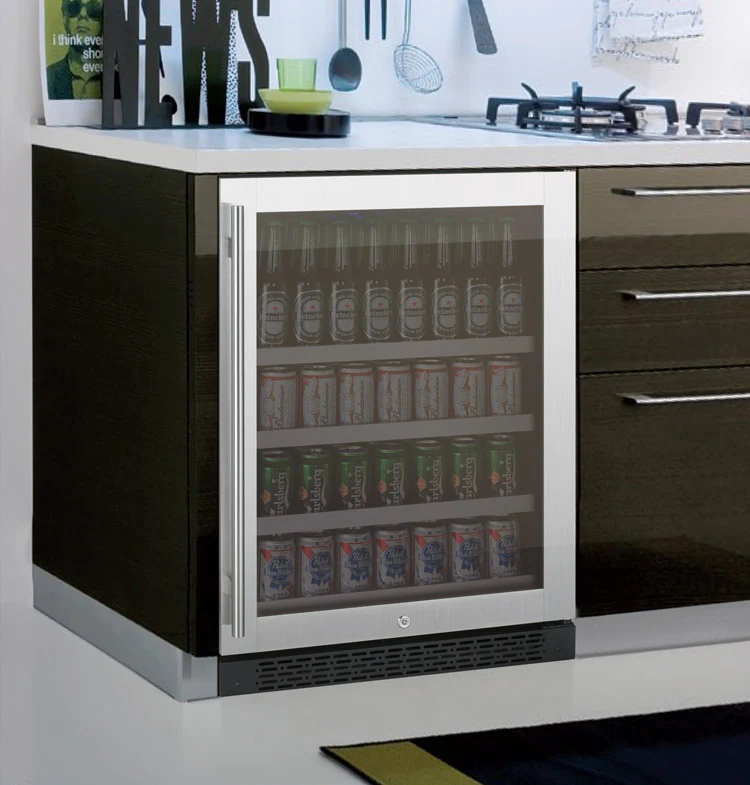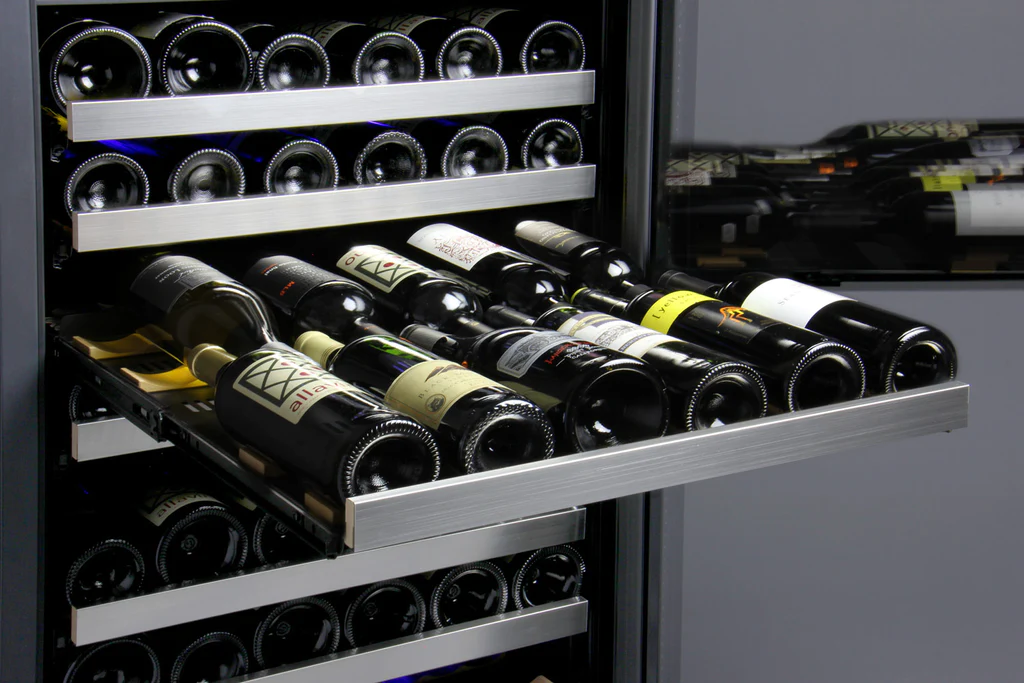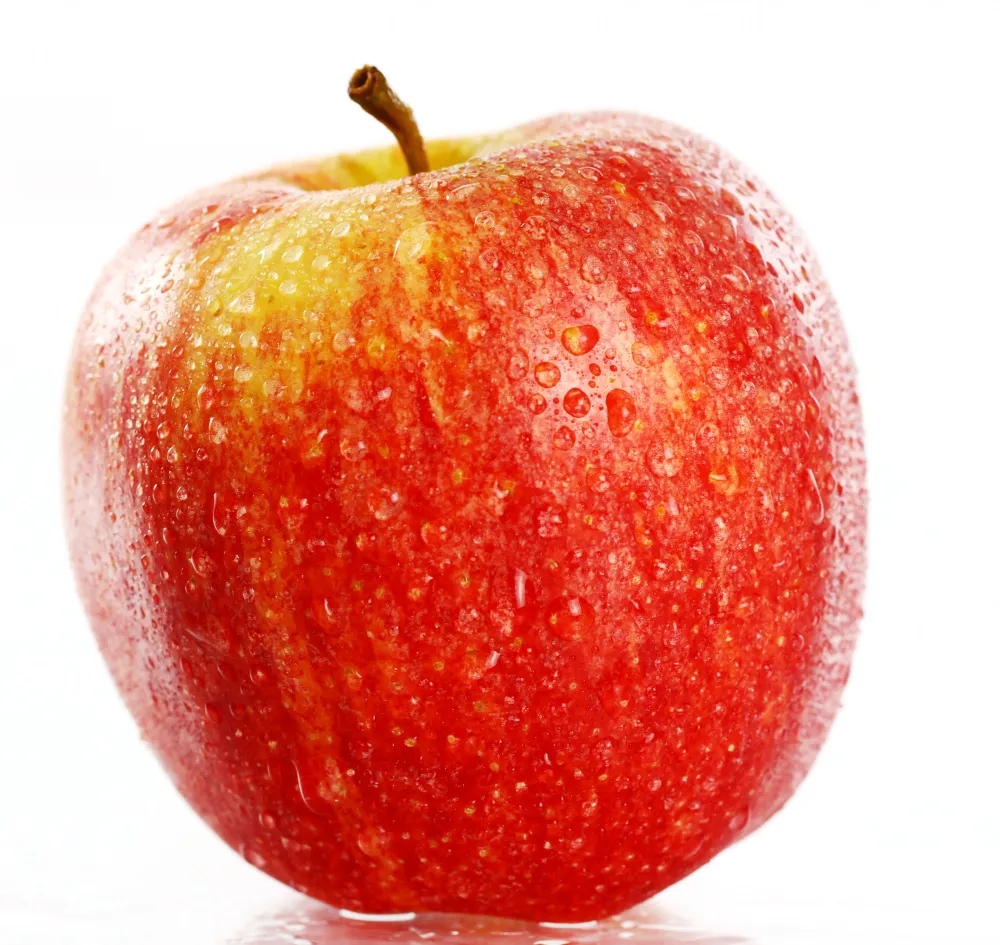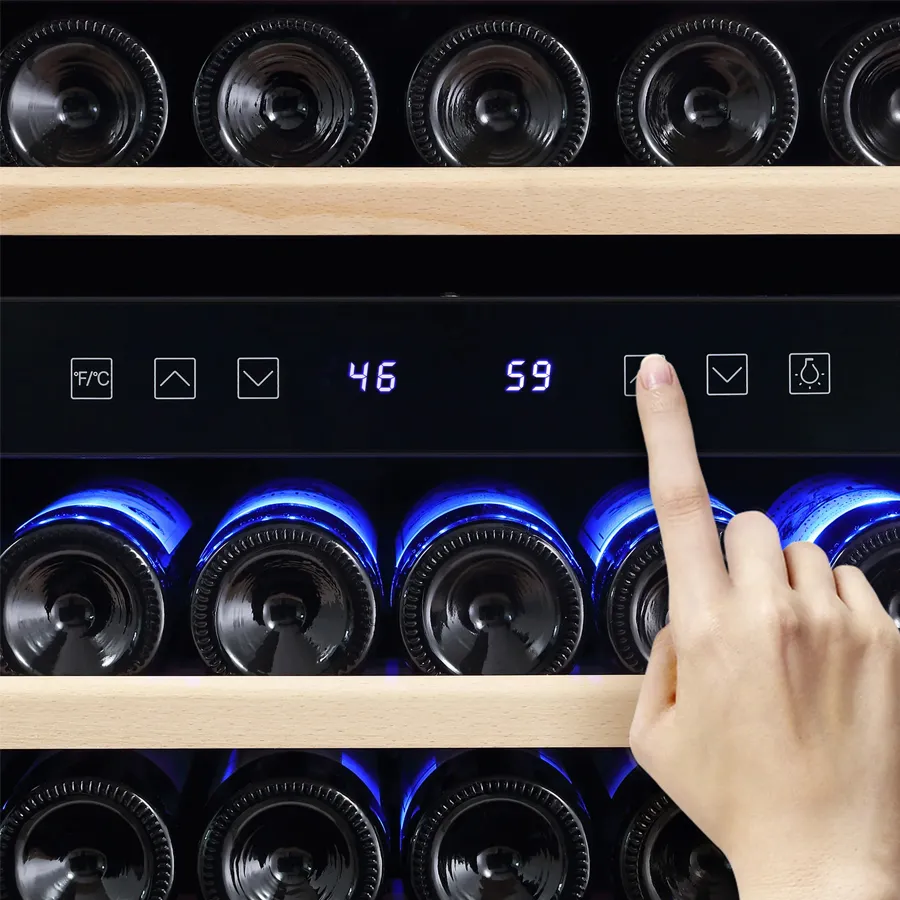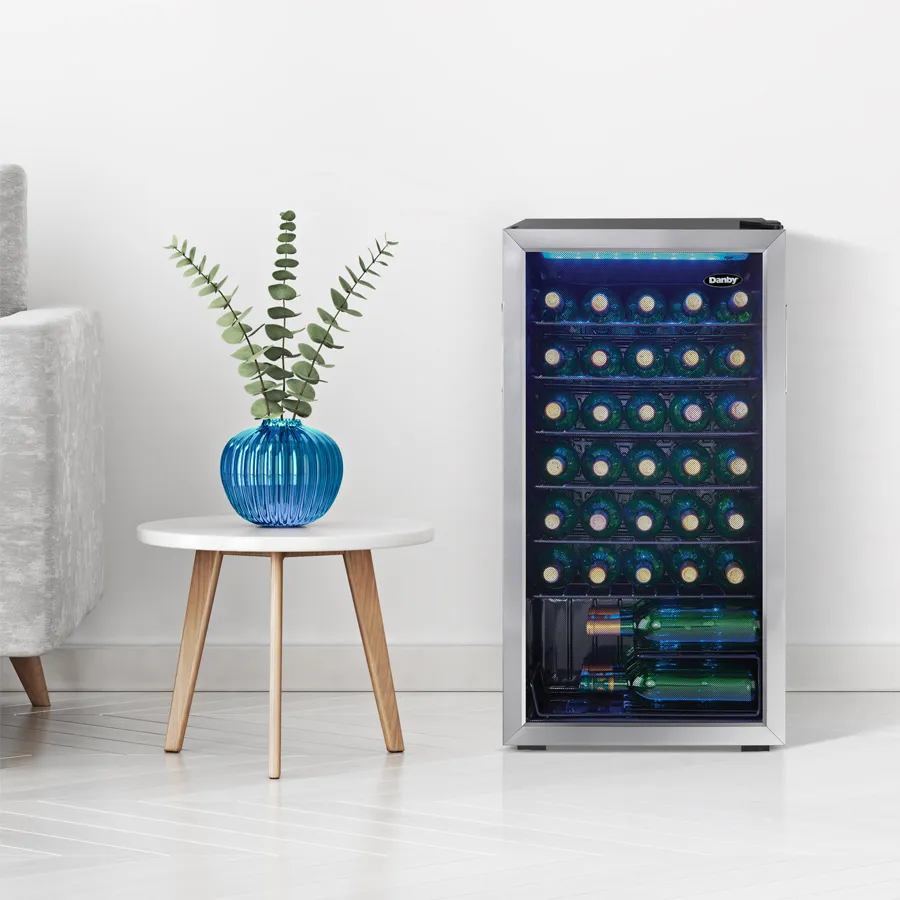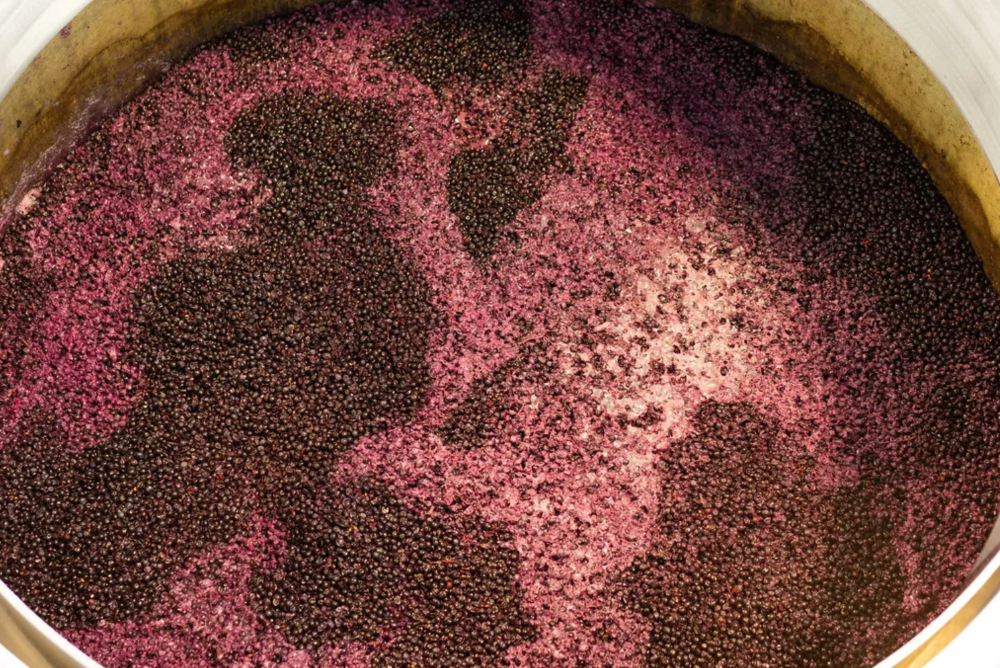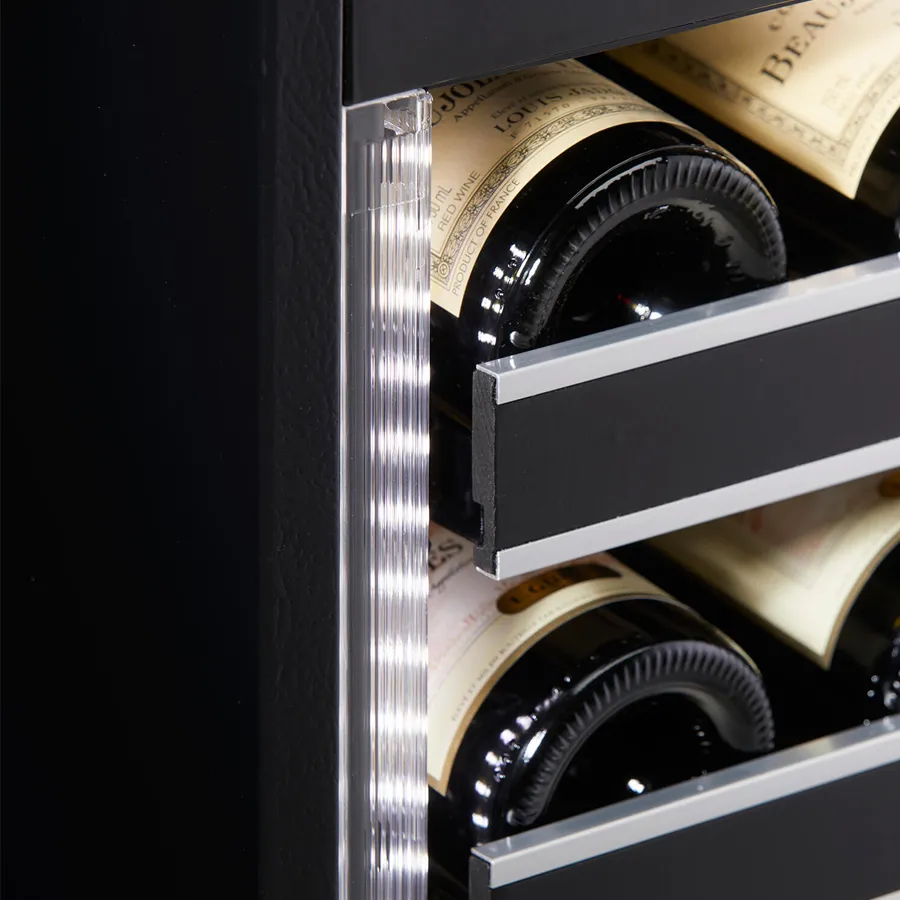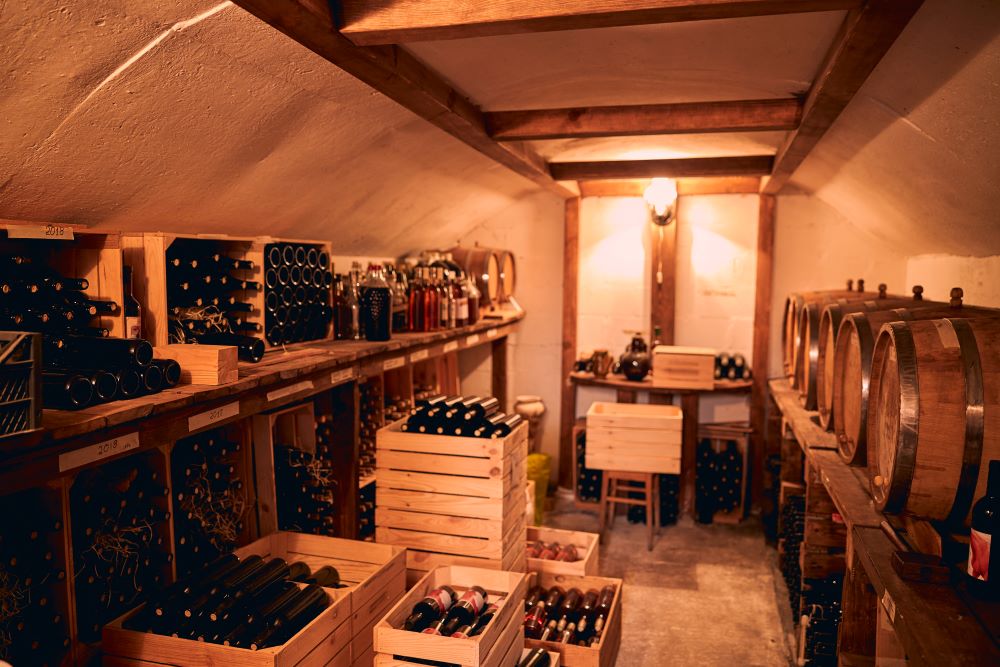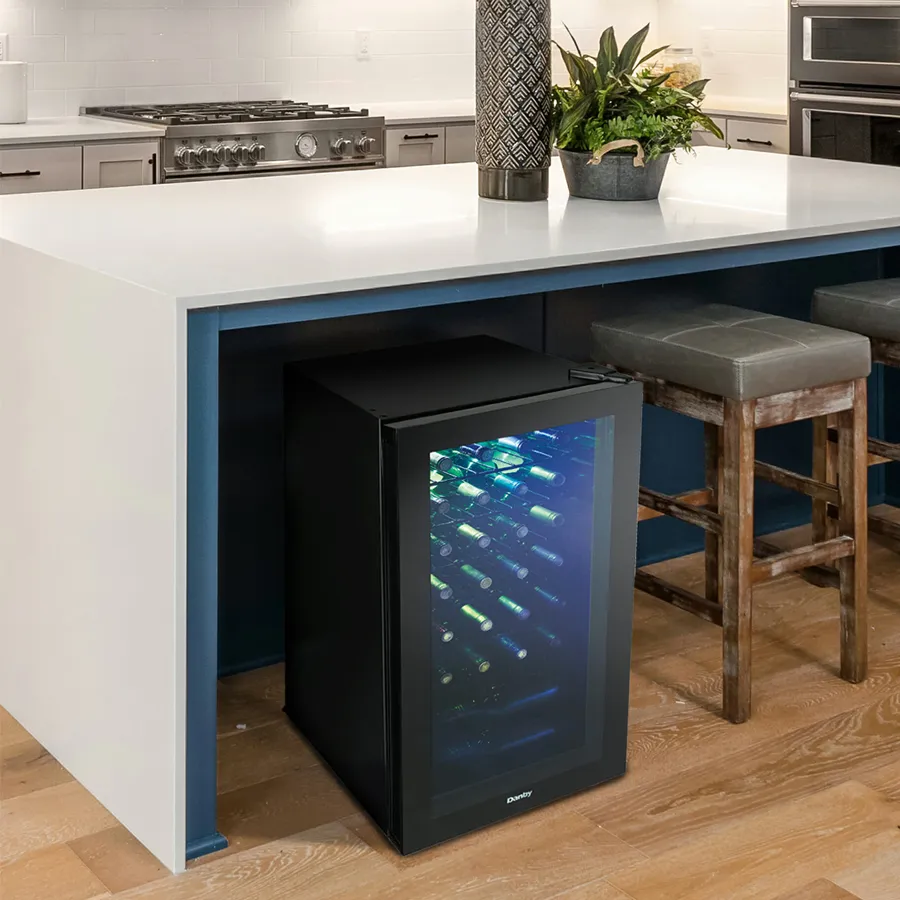Have you ever found yourself eagerly anticipating a glass of wine, only to be greeted with a less-than-pleasant taste and aroma? Unfortunately, wine can go off, and when it does, it can be a major disappointment. Knowing how to identify a spoiled wine is crucial, as consuming it can pose health risks and ruin the overall drinking experience. In this blog post, we will discuss the key signs that indicate a wine bottle has gone off, including changes in color, smell, and taste. By understanding these red flags, you can confidently assess the quality of your wine and avoid the disappointment of taking a sip of a spoiled bottle.
Wine Appearance:
If the wine appears cloudy rather than clear, it’s advisable to refrain from consuming it. Additionally, be aware that changes in the color of the wine can occur, even in unopened bottles. However, a color change alone does not definitively indicate spoilage. Another red flag is the presence of fizziness in a non-sparkling wine, which is a clear indication that the wine has likely turned.
- Clarity: When examining wine, clarity is crucial. If the wine appears cloudy instead of clear, it’s best to avoid consuming it. Sometimes, even unopened bottles may experience changes in color, but this alone doesn’t necessarily mean spoilage.
- Color Changes: While a change in color can occur, it’s not a definitive sign of spoilage. However, if accompanied by other issues, it might indicate a problem.
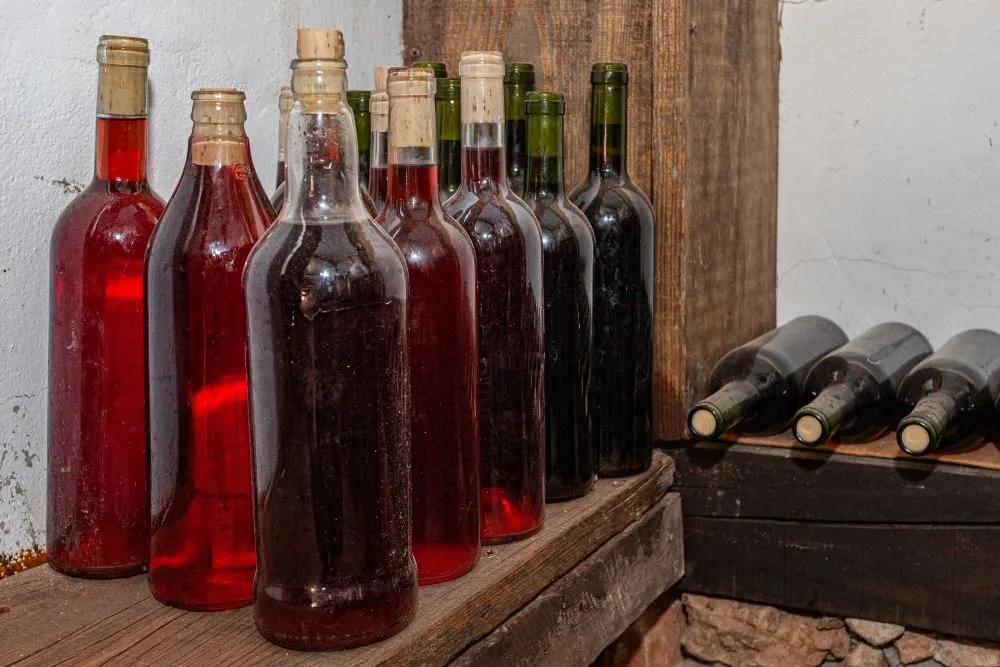
Wine has various visual clues that indicate spoilage. Check for browning or cloudiness in the wine. Seeing odd sediment at the bottom of the bottle may indicate spoiled wine.
Wine Smell:
A significant indicator of wine spoilage is the detection of a chemical undertone in its aroma. This suggests that the wine has surpassed its optimal state. The presence of such a smell is often linked to a secondary fermentation process that has taken place within the bottle, altering the wine’s usual scent.
- Chemical Undertones: Spoiled wine often emits a chemical undertone in its aroma, signaling that it has gone beyond its optimal state. This can result from a secondary fermentation process altering the wine’s usual scent. For example, if you store your wine in your garage you may smell it.
- Off-Putting Odors: A careful sniff can reveal off-putting odors, such as mustiness or a moldy smell. Strong scents of vinegar or wet cardboard are additional indicators that the wine might be spoiled.
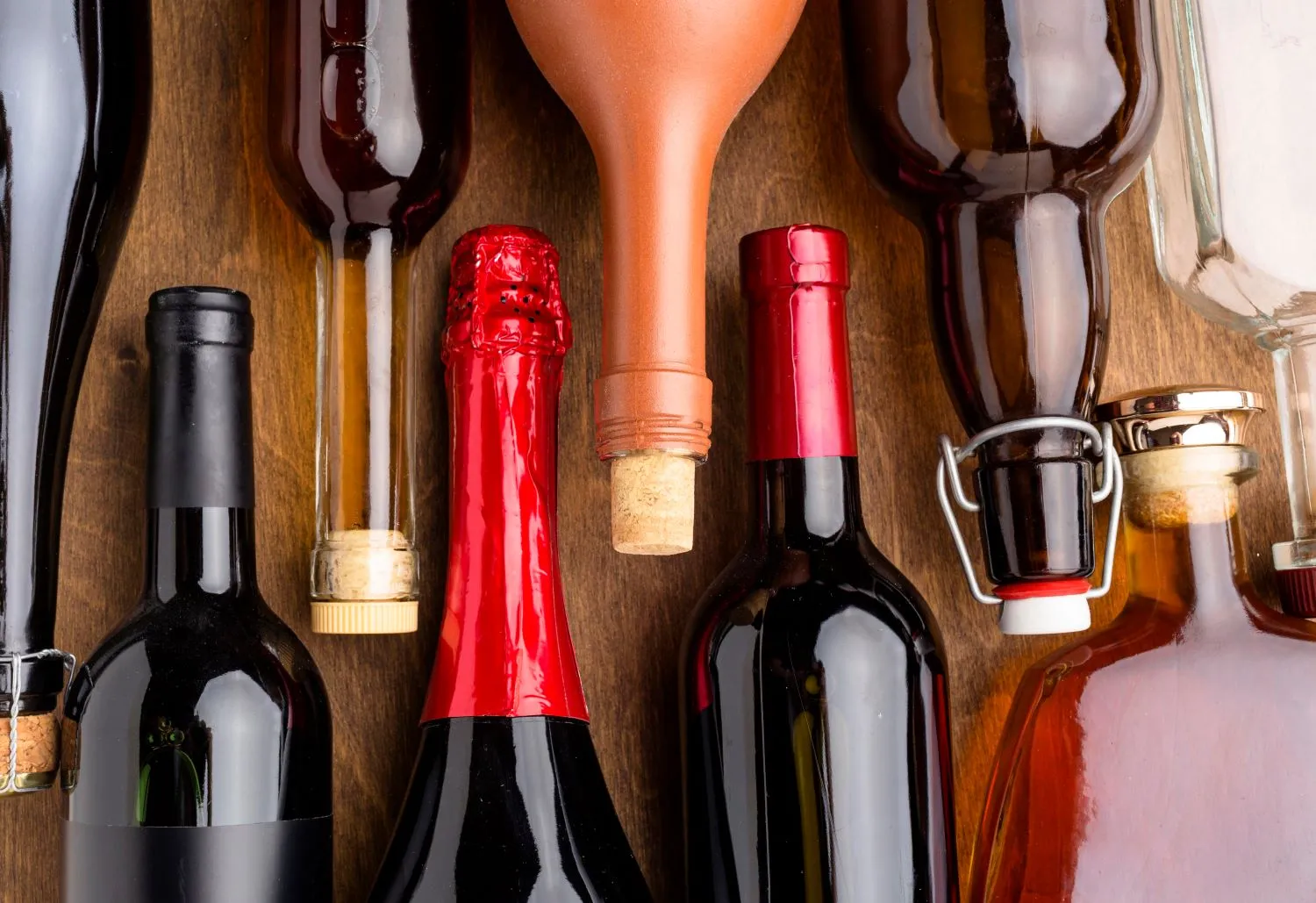
Clues to identifying spoiled wine can also be found in its aroma and bouquet. Smell the wine and pay attention to any off-putting odors like a musty or moldy smell. A wine that has a strong vinegary or wet cardboard scent could also be a sign that it has gone bad.
Wine Taste:
A spoiled wine can often be identified by its off-putting taste, which may be vinegary or overly sweet. If the wine’s flavor resembles that of a dessert wine or port, it is likely no longer suitable for consumption. Because wine is alive, the bacteria in it will start converting the alcohol to acetic acid (basically vinegar) as a result of chemical processes that take place over time. These flavors often include:
- Vinegar tastes that are acidic or sour
- Aromatic flavor reminiscent of horseradish
- Caramelized or sherried tastes

One of the most direct indicators of spoiled wine is its taste. If it has a vinegary or overly sweet flavor, it’s likely no longer suitable for consumption. An off-putting taste resembling dessert wine or port can be a red flag.
Bubbles in the Wine:
The observation of small bubbles in a non-sparkling wine is a clear sign that the wine has undergone a second fermentation. This secondary fermentation process can lead to a sour taste, rendering the wine undrinkable.

Observing small bubbles in a non-sparkling wine points to a secondary fermentation process. This can lead to a sour taste, making the wine undrinkable. It’s essential to be vigilant for unexpected effervescence in wines that aren’t supposed to be sparkling.
Old age or prolonged exposure to air are common causes of wine spoilage. Having said that, a wine flaw can also cause an unopened bottle to spoil. Problems might arise in the winemaking process, during storage, or as a result of environmental factors. Unusual scents or flavors can be a sign of a faulty bottle of wine, just as they would be in an opened bottle. In most cases, it won’t do you any harm if you consume spoiled wine. We only want to protect you from the injustice! Life is too brief to squander on subpar wine, after all. Store your wine in a cool, dark place on its side to keep it fresh and delicious for longer.

